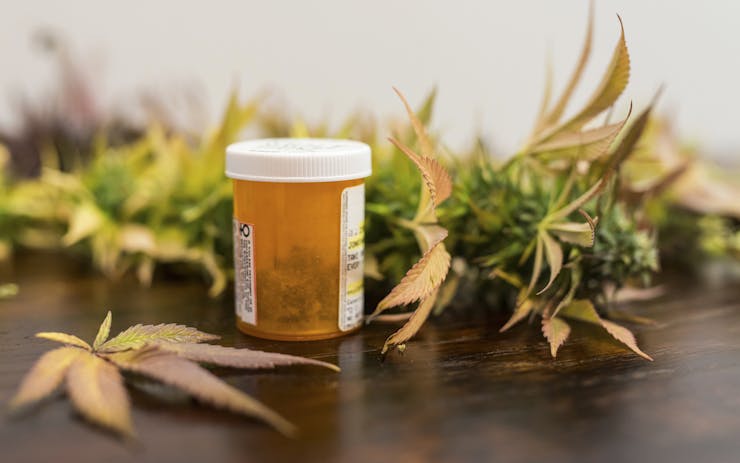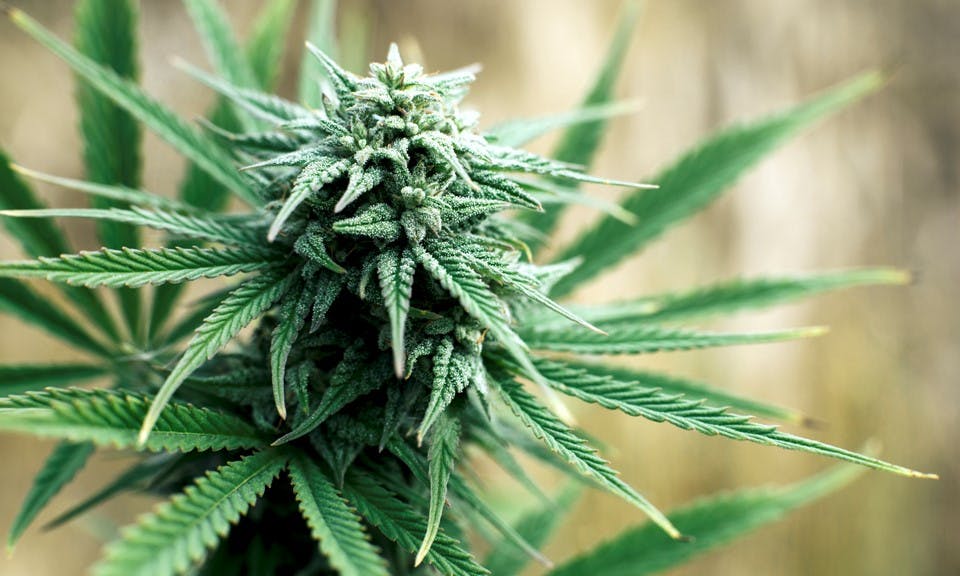Citing Australia’s onerous security requirements for growing medical cannabis, prominent Australian industrial hemp grower Ecofibre announced it will move its medical cannabis capabilities from Australia to the United States.
The company, backed by Australian millionaire Barry Lambert, has been producing industrial hemp for more than 15 years for use in medical research, fiber, and food products. Despite a stated desire to lead the medical cannabinoid industry in Australia, the regulatory red-tape in Ecofibre’s home country has proven too much for the company to realize that goal, executives said when announcing the move last week.
“The draconian measures being put in place in Australia do not in any way support patients’ rights to access medicinal cannabis and equally makes it commercially unviable for producers and manufacturers,” said Eric Wang, Ecofibre’s director and chief finance officer.
“Draconian and antiquated regulations are the only reason we are leaving Australia,” he added. “We wish we could have created jobs in Australia but this is not commercially viable.” The company is setting up shop in Kentucky.
Hemp and medical cannabis
Hemp, the term for cannabis grown for industrial uses, contains exceedingly low levels of the psychoactive cannabinoid THC. In Australia, most industrial hemp is required by law to have less than 1 percent THC. But that same hemp can be rich in CBD, the non-intoxicating cannabinoid being put to use in a growing range of medical applications around the world.
With medical cannabis being legalized in Australia, industrial hemp growers expected to find themselves with access to a medical manufacturing market for their hemp, extracting CBD from the plants for medical use. Instead, they’ve found themselves mired in regulations which threaten to make medical cannabis unprofitable.
A tale of two schemes
If a grower in New South Wales, such as Ecofibre, wants to grow low-THC cannabis as industrial hemp for research, or for manufacturing fibre used in clothing, it has to get a license from the Department of Primary Industries. The application fee is $572. That grower will need to tell the DPI when it is planting hemp and how much, as well as what that hemp is being used for. The grower will also need to ensure its cannabis contains less than 1 percent THC.
If the same company wanted to use its exact same crop of low-THC hemp to make legal, medical cannabis products, it would have to get a license from the Office of Drug Control. That carries a fee of $5,290 as well as permit and inspection fees. In a previous article, we detailed the high-security requirements that go along with this licence—requirements Wang at Ecofibre calls draconian and antiquated.
The restrictive regulations apply would also apply if Ecofibre were merely growing and selling low-THC hemp to a medical manufacturer.
ODC flip-flops
In a fiery media release, the ODC has hit back at the suggestion its requirements are too restrictive compared to the US. To support this, the ODC points to the US Drug Enforcement Agency’s classification of cannabis as a Schedule I drug with “no currently accepted medical use.” For state-legal medical cannabis in the US, states must show that “cultivation is subject to security provisions to prevent diversion.”
Shop highly rated dispensaries near you
Showing you dispensaries nearThe ODC was quick to claim that “Cannabis cultivated for medicinal purposes can be grown outdoors,” which is true but also surprising given that the office’s own FAQ admits that its security requirements are likely to make growing outdoors “difficult.”
The media release also signaled a new position on security requirements. This is the first time the ODC has indicated differing standards of “rigour” for how security requirements will be applied based on the THC content of cannabis plants:
Where there is a high risk of diversion, such as where the cannabis contains high levels of THC, the psychoactive substance in the plant, then the security requirements will be higher.
Where there is a low or negligible risk of diversion, such as for cannabis with low THC and high CBD, the chemical thought to be responsible for the effects of cannabis on childhood epilepsy, then the security requirements can be applied at a much lower level of rigour.
There is nothing in the ODC’s guidelines on security that suggests two standards of security based on THC content. It was hard not to read the release as regulation on the run, unveiled in a defensive media release after unfavorable media attention.
Since the office’s announcement, ODC has officially changed its position to acknowledge that “low THC medicinal cannabis is no more attractive to criminal diversion than industrial hemp,” but the security rules remain intact.
The fight isn’t over yet. Wang at Ecofibre promises that “a very concerned group of key influencers and patient advocates” will be challenging Australia’s drug watchdog on behalf of “a very large number of real families and patients who cannot access treatment.”






